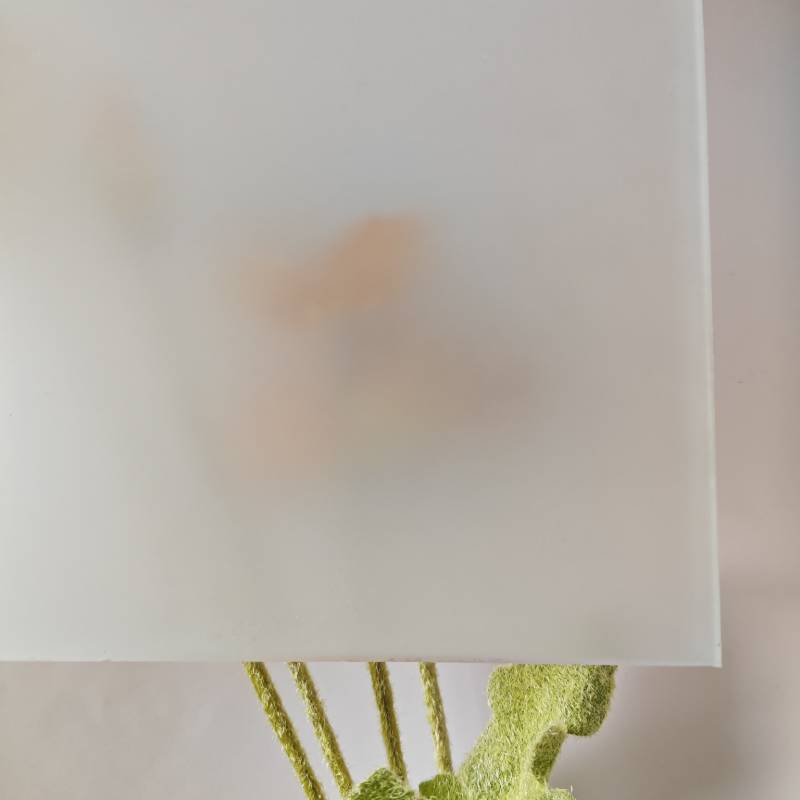

Understanding Low-E Glass Types A Comprehensive Guide
Low-emissivity (Low-E) glass is an innovative product designed to improve energy efficiency in residential and commercial buildings. By reflecting infrared light while allowing visible light to pass through, Low-E glass plays a crucial role in maintaining indoor temperatures and reducing energy consumption. This article delves into the various types of Low-E glass, their functions, and their benefits to help you make informed choices for your next construction or renovation project.
What is Low-E Glass?
Low-E glass has a microscopically thin coating that reflects heat back into the room in winter and keeps the heat outside during summer. The specific design and materials used in the coating determine the amount of heat that is either transmitted or reflected. By minimizing heat transfer, Low-E glass improves comfort levels inside buildings and reduces reliance on heating and cooling systems.
Types of Low-E Glass
1. Soft Coat Low-E Glass Soft coat Low-E glass is produced by applying the Low-E coating in a controlled environment, typically as a layer of silver between other materials. This type offers superior performance in terms of thermal insulation and UV protection. Soft coat Low-E glass is ideal for residential applications, especially in climates with extreme temperatures, as it significantly reduces energy costs.
2. Hard Coat Low-E Glass Hard coat Low-E glass is manufactured through a process that involves applying the coating during the glass-making process, resulting in a more durable exterior. While it typically has a slightly lower energy-efficiency rating compared to soft coat alternatives, hard coat Low-E glass can be an excellent choice for commercial buildings or areas where durability is a priority.

3. Low-E Glass with Dual Coatings Dual-coated low-E glass incorporates two layers of low-emissivity coatings, enhancing its thermal performance. This type of glass provides an excellent balance between visible light transmittance and thermal insulation. Often used in high-performance buildings, dual-coated Low-E glass is sourced for projects aiming for high energy efficiency ratings, such as LEED certification.
4. Low-E Glass with Heat-Reflective Coatings This variety of Low-E glass includes specialized coatings designed to reflect solar heat while allowing visible light to enter. It's particularly beneficial in warm climates where solar gain can lead to increased cooling costs. Heat-reflective Low-E glass helps maintain a comfortable indoor environment without excessive reliance on air conditioning systems.
Benefits of Low-E Glass
The advantages of incorporating Low-E glass into your building project are manifold
- Energy Efficiency By significantly reducing the amount of heat that escapes in winter and infiltrates in summer, Low-E glass can lead to substantial reductions in energy bills. - Enhanced Comfort The ability to maintain a stable indoor temperature promotes comfort for occupants, creating a more conducive living or working environment. - UV Protection Low-E glass can block up to 99% of harmful UV rays, protecting interiors from fading and prolonging the life of furnishings. - Sustainability By decreasing energy consumption, Low-E glass contributes to lower carbon footprints, aligning with sustainable building practices.
Conclusion
Choosing the right type of Low-E glass for your project can lead to improved energy efficiency, comfort, and sustainability. With options ranging from soft coats to heat-reflective coatings, it’s essential to assess your specific needs and the climate in your area. Consulting with glass manufacturers or building professionals can provide further insight, ensuring that you make the most informed decisions for your construction or renovation project. As energy efficiency becomes increasingly crucial in our changing world, Low-E glass stands out as a key component in building smarter, more sustainable spaces.